Did you know that in 2006, more tourists visited Qutub Minar than the Taj Mahal? Though lesser-known to foreign tourists, Qutub Minar contains the tallest brick minaret in the world, and wields a hypnotic power, particularly on a misty Delhi day like the one when our India teacher tour visited.
Qutub Minar reaches 239 feet towards the sky, and was completed in 1368 AD. It is part of the multi-building Qutub Complex, with ancient buildings layered atop even older ruins to create a lasagna of history. These structures include a mosque and tombs, some of which date back to the 1100s AD.
Stunning carvings decorate the walls of the Qutub Complex. Some carvings are purely ornamental, while others display verses of the Koran in Arabic. Islamic art and architecture never fails to impress me with its brilliantly conceived patterns!
So, is a tourist allowed to climb to the top of sky-high Qutub Minar, like we climbed to the top of the largest mosque in India on Christmas Eve? Alas no, and for a very sad reason. In 1981, there was a stampede of schoolchildren inside, and lives were lost. Since then, visitors are not allowed inside.
On a happier note, neon green birds were everywhere at Qutub Minar. How magical to see these arrows of emerald darting between the ancient walls!
We wandered around the foggy complex as if in a dream, imagining the layers of history that occurred in each corner of the buildings. Staring up at Qutub Minar made our heads spin. What must it have been like to build?
But don’t overlook the smaller things! A hugely important historical relic in the Qutub Complex looks like, well… a boring metal tube. See the Iron Pillar of Delhi standing incongruously in the photo below? In fact, this iron pillar was erected in 402 AD and weighs over 14 THOUSAND POUNDS, making it “one of the world’s foremost metallurgical curiosities.” Indeed, I am curious. That’s crazy heavy! How is that density possible?
Moving on to another section of the Qutub Complex, we see the Alai Darwaza gate: the principal gateway to the Quwwat-ul-Islam Mosque, built in 1311 AD. In the next three photos, drink in the stunning architecture of this structure.
We loved our visit to the Qutub Complex, and can see why it’s right up there with the Taj Mahal as a top attraction for tourists in India. Now if we could only fit that 14,000-pound Iron Pillar of Delhi into our bags to put on our mantel…

The author, Lillie Marshall, is a 6-foot-tall National Board Certified Teacher of English, fitness fan, and mother of two who has been a public school educator since 2003. She launched Around the World “L” Travel and Life Blog in 2009, and over 4.2 million readers have now visited this site. Lillie also runs TeachingTraveling.com and DrawingsOf.com. Subscribe to her monthly newsletter, and follow @WorldLillie on social media!


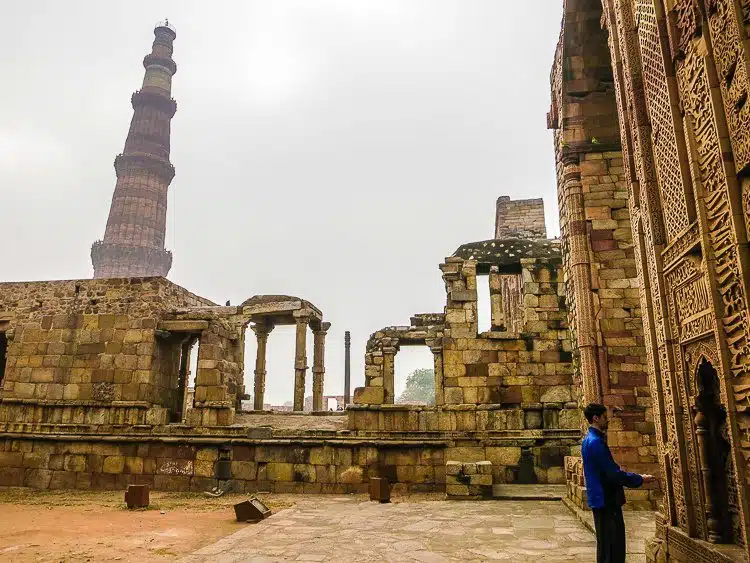
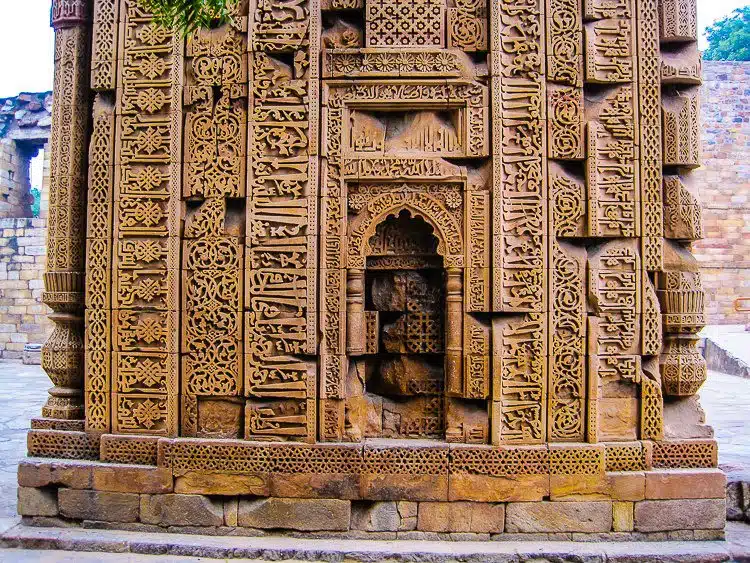
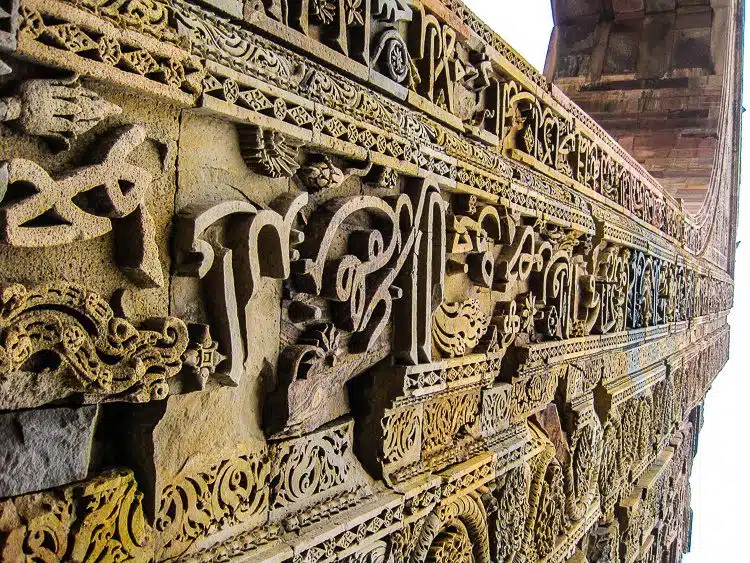
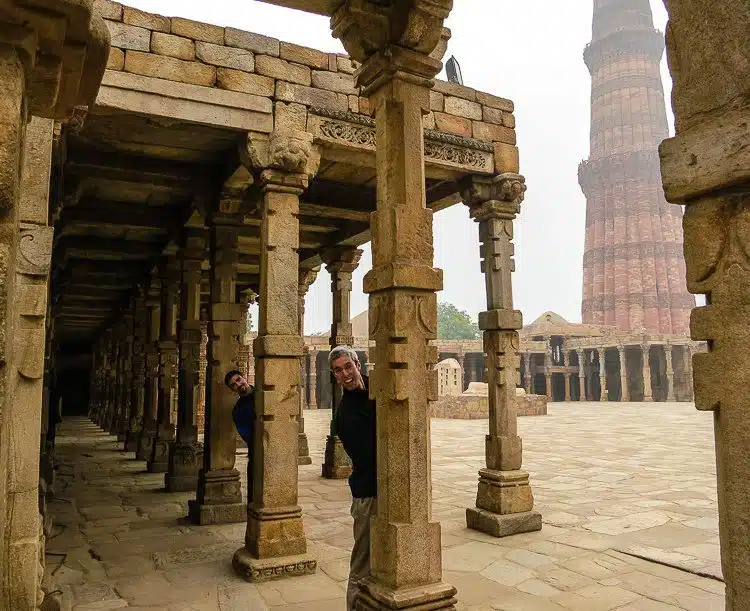
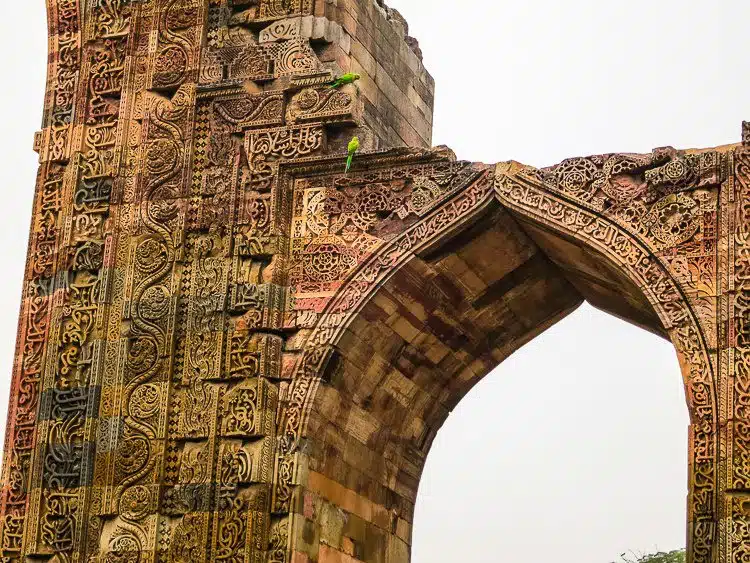
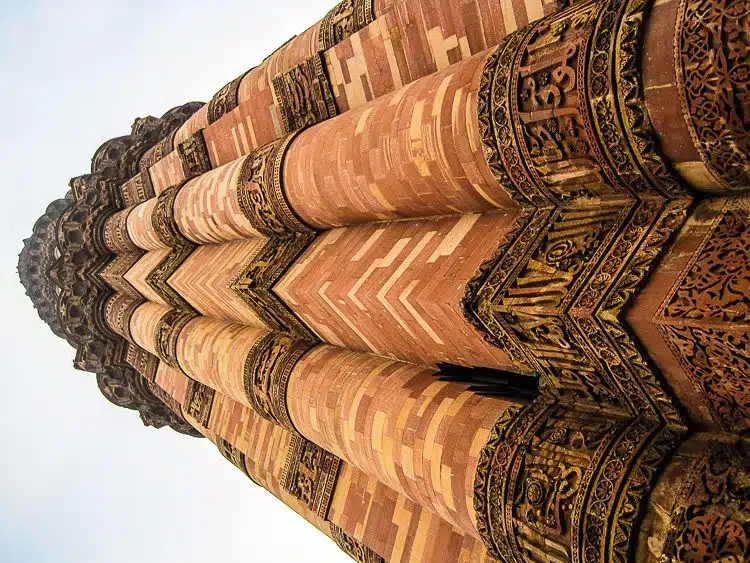
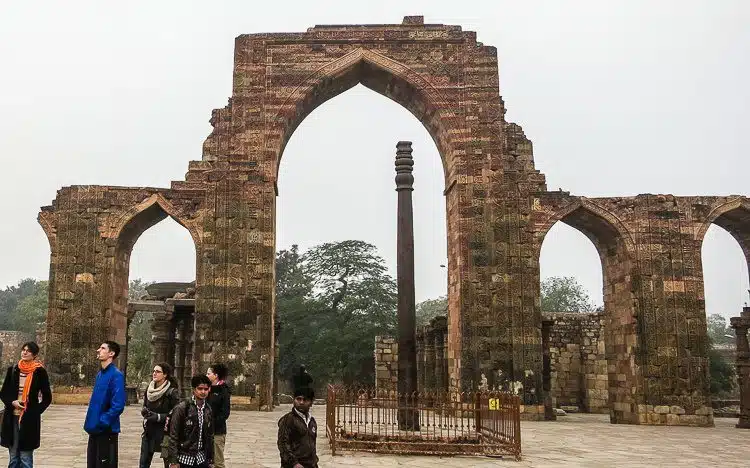
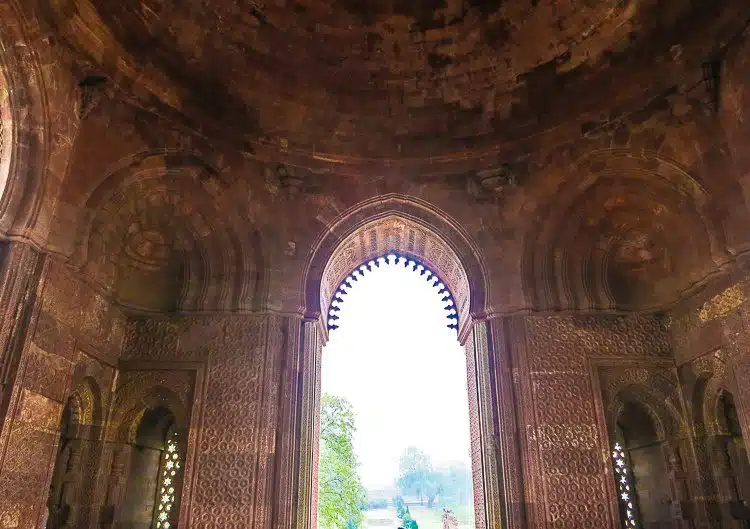
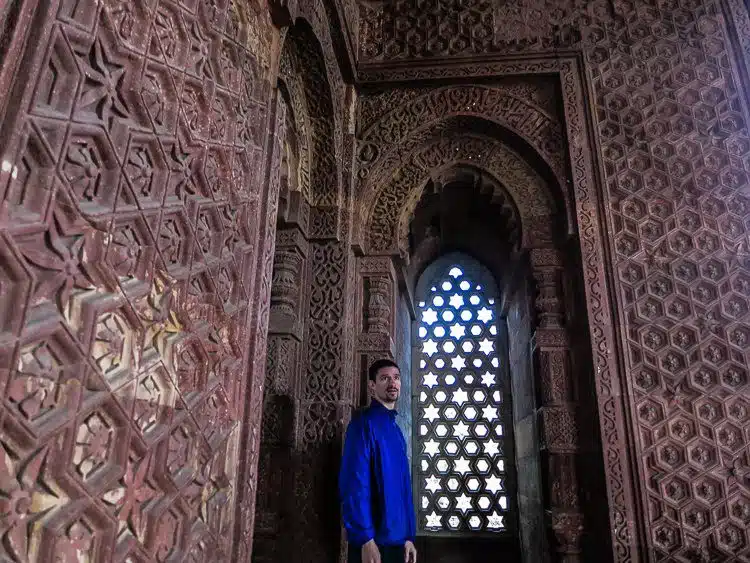
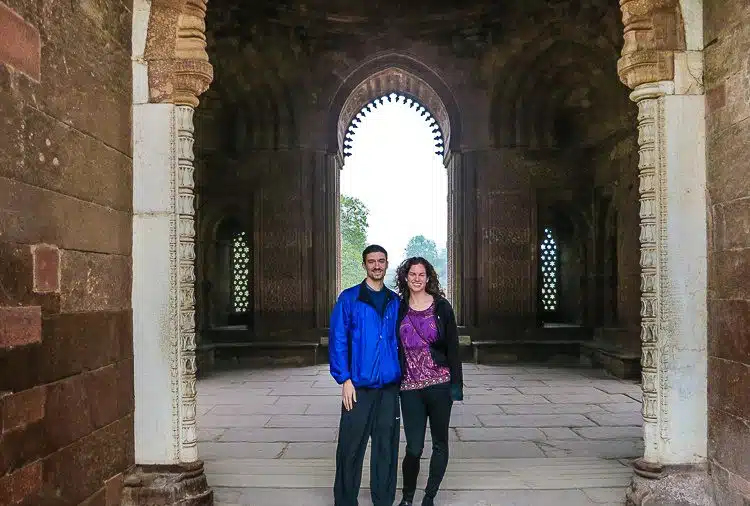
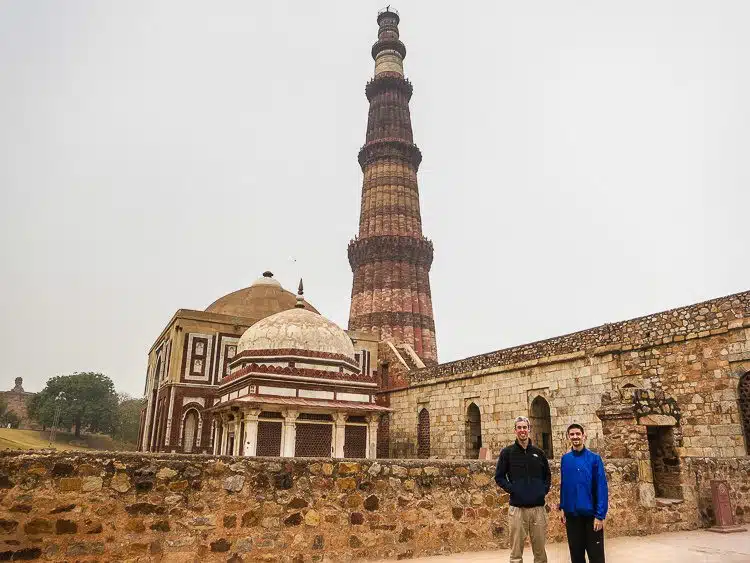
Prasad Np
Wednesday 3rd of July 2013
Beautiful pics, and thanks for reminding the world that India has got a lot more than Taj. Though not as well known as Taj, the Qutub complex is the single largest location of many Islamic dynasties including the very first the Slave dynasty in India.
Stephen (student of Ms. Marshall)
Friday 3rd of May 2013
If my house looked like that, I would have a party every day... with my family.
Lillie
Saturday 4th of May 2013
Hah!
Tamanna Shaikh
Thursday 2nd of May 2013
Great photography..!! Just love it, Qutb Minar is one of the best place to visit in India. I am thinking to go there from a year but can not get time for tour.:( Whenevr I'll go, I'l surely go to visit this awesome place.
Lillie
Monday 13th of May 2013
Surely do! That's the thing about India-- there will always be more un-missable sights to see than you EVER have time for!
Bethaney
Tuesday 30th of April 2013
More fascinating Indian architecture!
Adam
Tuesday 30th of April 2013
I visited this place as well! Cool that you got the chance to see it. I found Delhi had a lot more tourist attractions than I was expecting. I guess the Taj Mahal kind of dwarfs many of the others...